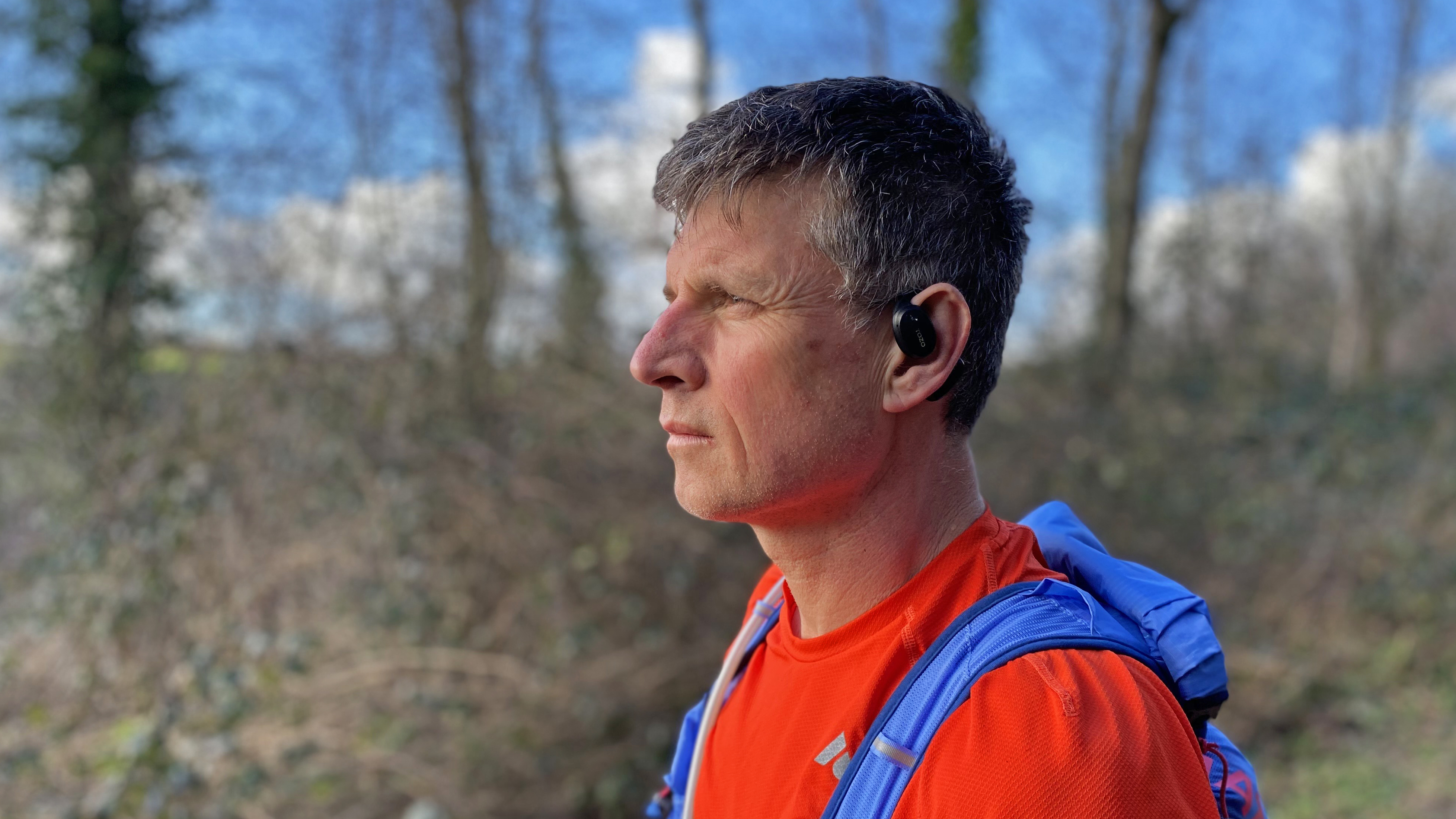
For many people, listening to music is a prerequisite for running, and they struggle to find the motivation to hit the pavements, parks or trails without a soundtrack to invigorate and inspire them, or possibly a podcast to distract them the pain or drown out all the puffing and panting. Accordingly, there are an increasing number of excellent running headphones and air pods on the market, offering an ever-more sophisticated suite of features for the active audio slave.
There are at least five different types of running ear pods and headphones for people to choose from. It’s important to remember that having some sensory awareness of what is happening around you is very important from a safety point of view (hence why many races ban all or some kinds of headphones), which has led to the rise in popularity of bone conducting and open-ear technology. Many of these models are super expensive, but the first thing I noticed about the Tozo OpenEgo wireless open-ear headphones was the very reasonable price tag.
Can budget headphones offer the kind of rock steady performance required from runners and deliver top quality audio? There was only one way to find out. I have been running on streets and trails for the last two months while wearing the OpenEgos, and this is what I think of them.
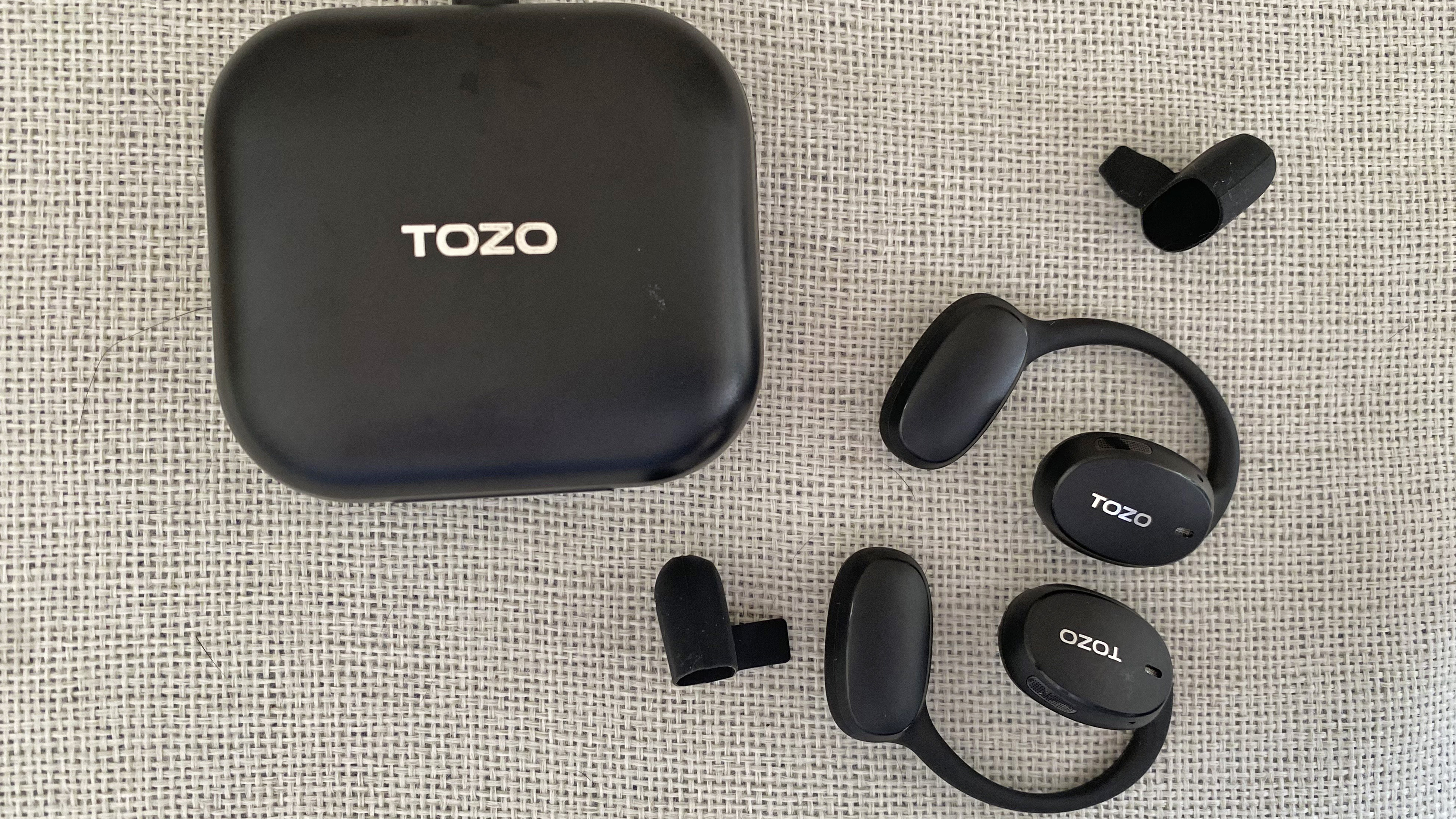
Design and features
As the name suggests, the Tozo OpenEgos are wireless open-ear headphones, which means the speakers do not enter or cover your ear, allowing you to hear sounds such as the noise of approaching traffic, sirens and warning shouts (from race marshals or fellow runners). Instead, a left/right specific speaker sits on your tragus (the lumpy part of your ear, in line with your eyes, located directly in front of the ear canal).
List price: $50 (US) / £52 (UK)
Weight (2 x ear pieces only): 25g / 0.9oz
Weight (in box): 88g/3.1oz
Battery life: 30 hours (with case) / circa 8 hours (without case)
Charging time: 2 hours
Connection: Wireless (Bluetooth 5.3, AAC/SBC)
Bluetooth range: 10m/30ft
Noise cancellation: Dual-mic DNS call noise reduction
Colors: Black/White
Dust and Water ingress rating: IPX4
These speakers are kept in place by a counterweight and a small flexi frame that curls around the main part of your lugs. The OpenEgos come with a pair of stabilizers, simple slide-on pieces of thin rubber, which are also left/right specific and feature a small tab that gently pushes against the back of your ear to help keep the speaker from bouncing around when you’re running. These do work very well (more details below) but you can also wear these headphones beneath most running hats and caps.
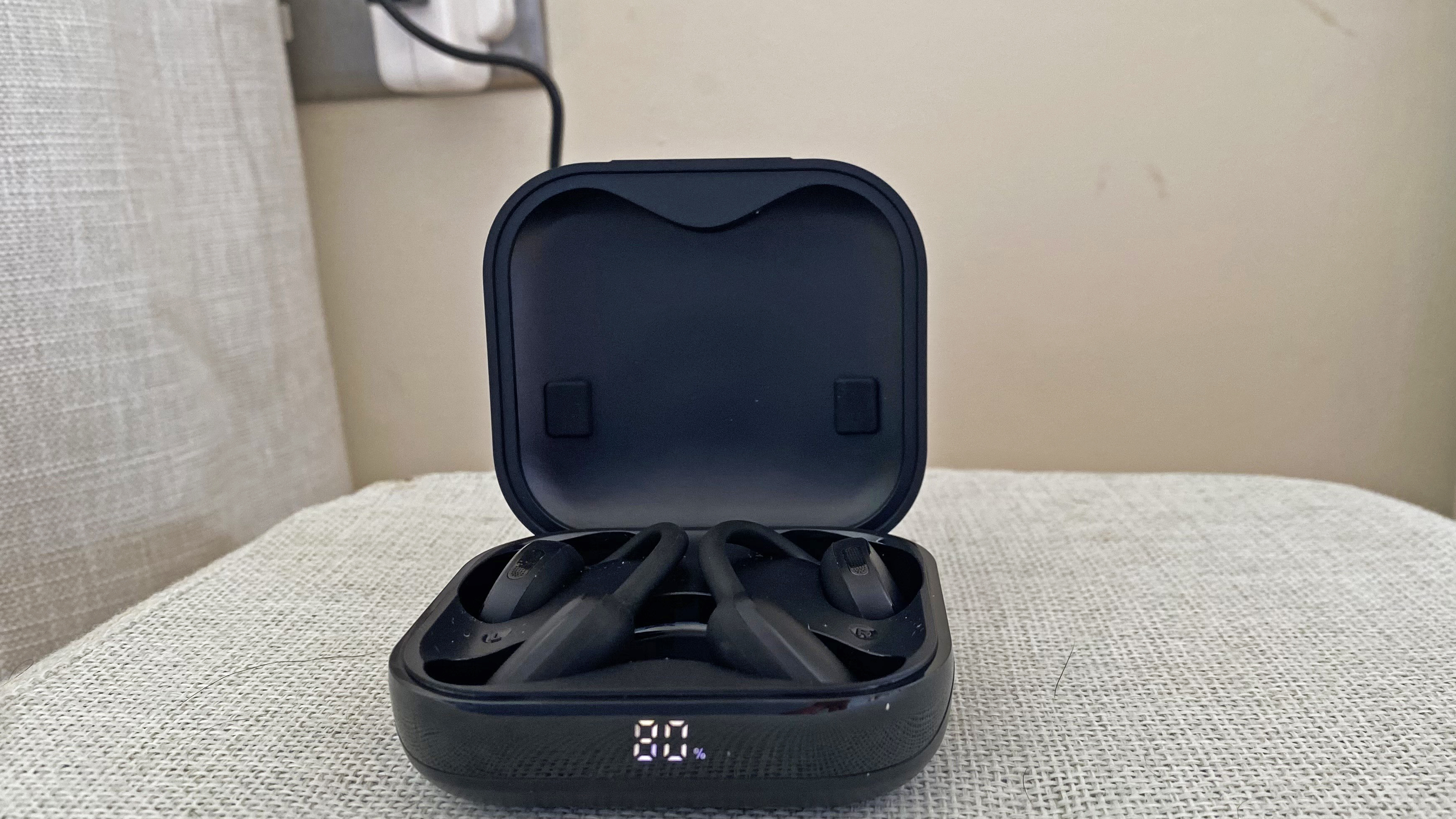
The OpenEgos come with a compact charging and storage box, which provides an excellent place to house these ear pieces during storage and transit. To recharge them, you place the headphones in the box, aligning the elements correctly (which is the only way they fit in), and plug in a USB Type-C cable (which comes included). The battery level is digitally displayed as a percentage on the exterior of the case, so you always know how much juice you have to play with.
With an impressive battery life of 30 hours on a full charge (when using the box – although Tozo claim 80 hours on their website), you can have tunes (roughly 1200 of them over that time) for the entire duration of even the most ultra of an ultra event (or just rest assured that if you forget to plug it in, even after a long day on the trails), there will still be some juice left in the tank for another session the next day. Without the box, you can expect 8 hours of audio action. It takes less than two hours to completely recharge the OpenEgos.
The headphones have an ingress rating of IPX4, which means they are splash proof and should be OK in light rain, but don’t go dropping them fully into water.
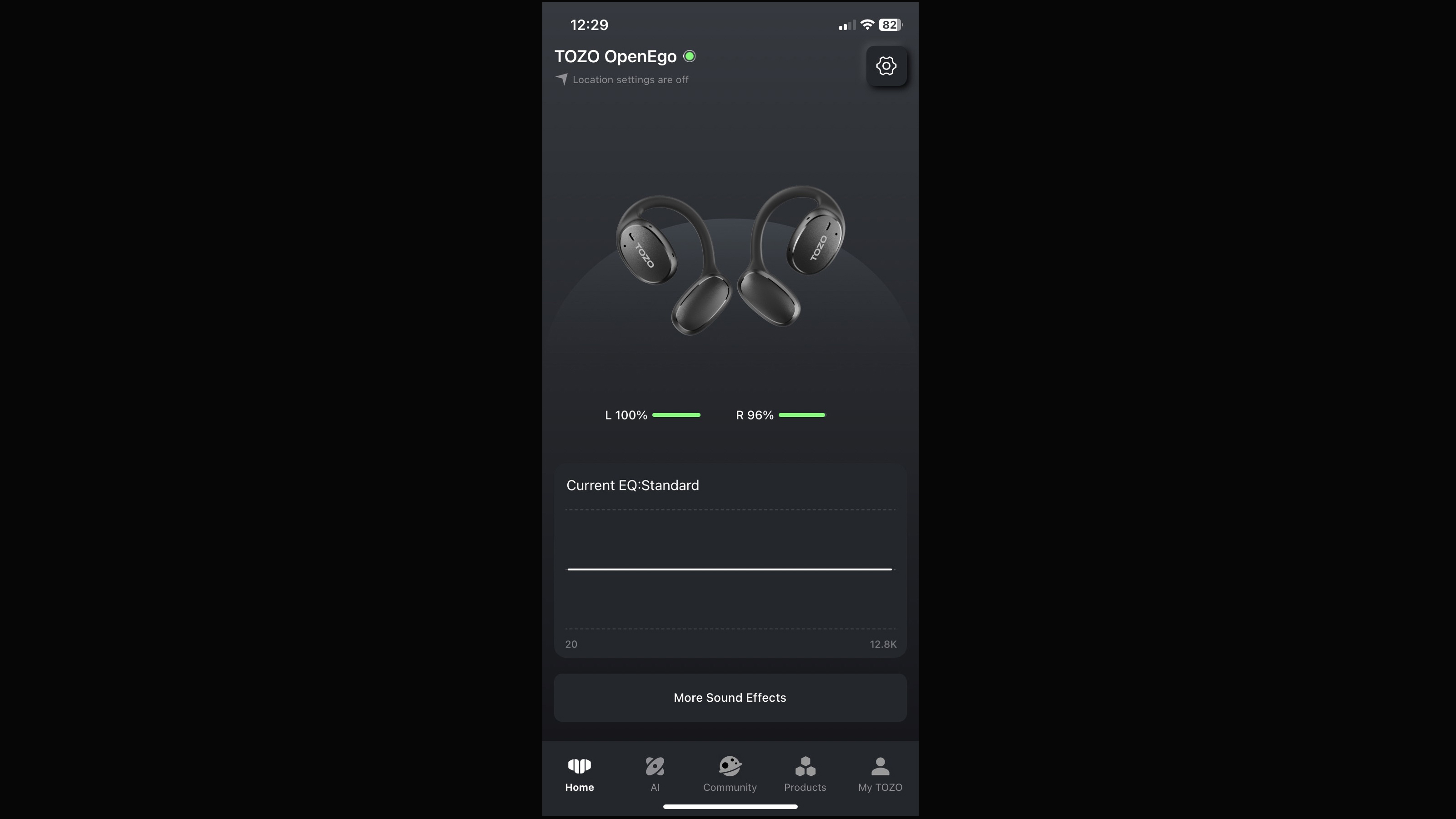
Connectivity and sound
The OpenEgos boast a 16.2mm dynamic driver that’s 14% larger than many other ear buds, delivering top-quality audio (especially for the price), with resonant bass and sharp treble notes.
The OpenEgo connects to devices (smart phones, watches etc) via Bluetooth 5.3 technology, with AAC and SBC codecs supported. The range is a very respectable 10 metres/30 feet. The Tozo App allows you to manage and customise your listening library and personal preferences, with presets delivering a tailored sound.
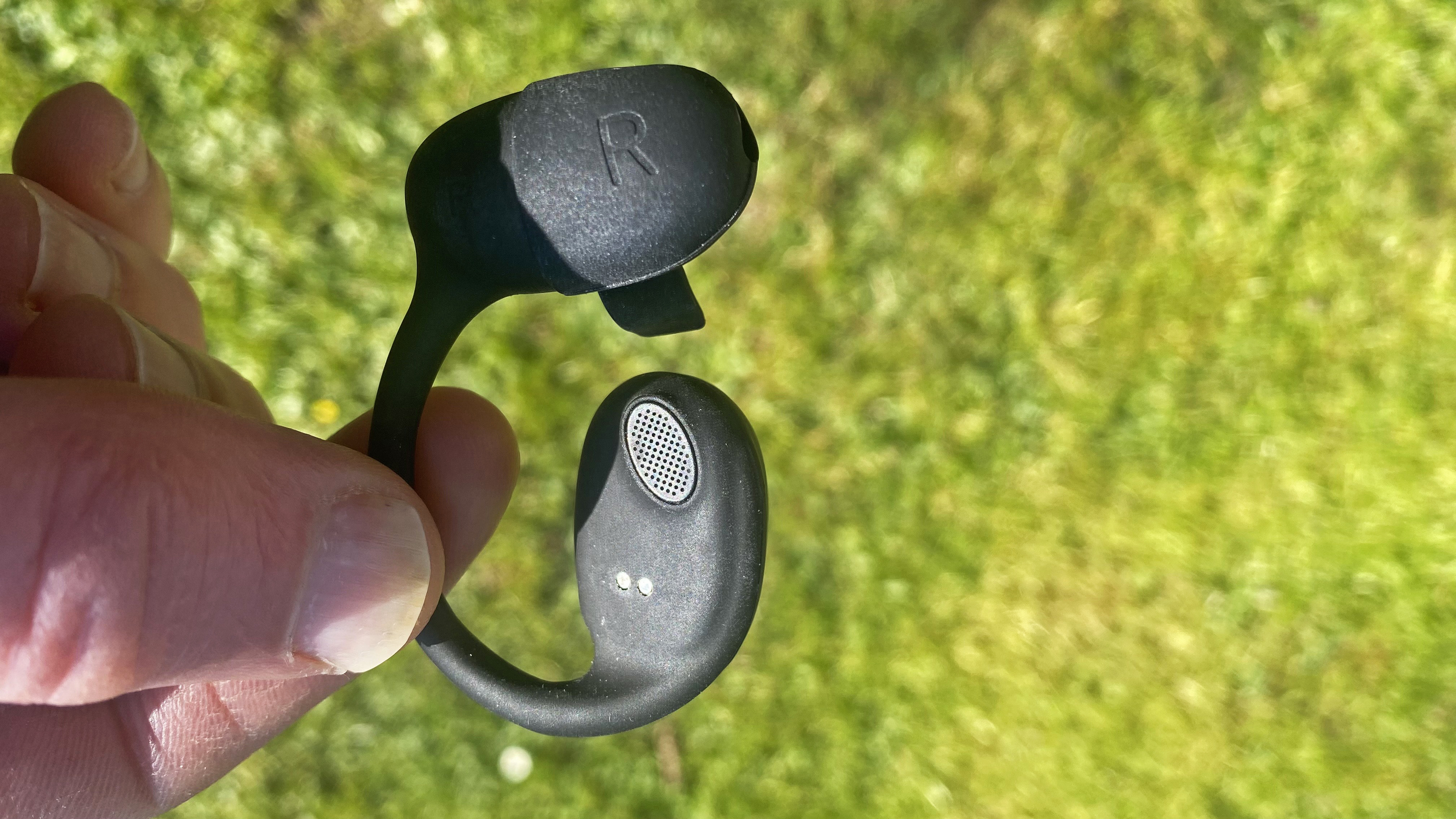
Directional sound technology, enhanced by dynamic low frequency, belies the product’s name and means there is very little sound leakage from the OpenEgos when you’re using them in busier scenarios. As a result, other people on train carriages will hate you less, and fellow runners who you do not wish to engage with don’t get to judge your choice of tunes. And this is despite the open-ear design, which means you can still hear sirens and other warnings when scampering along streets, or the directions/cautions of marshals during events.
The dual-mic system (assisted by some AI algorithmic necromancy I’m not going to pretend to understand, but which will probably contribute to the end of humankind in some form) strips out external noises, so you can hear and be understood when using the OpenEgo to take calls out on the trail (if you really must).
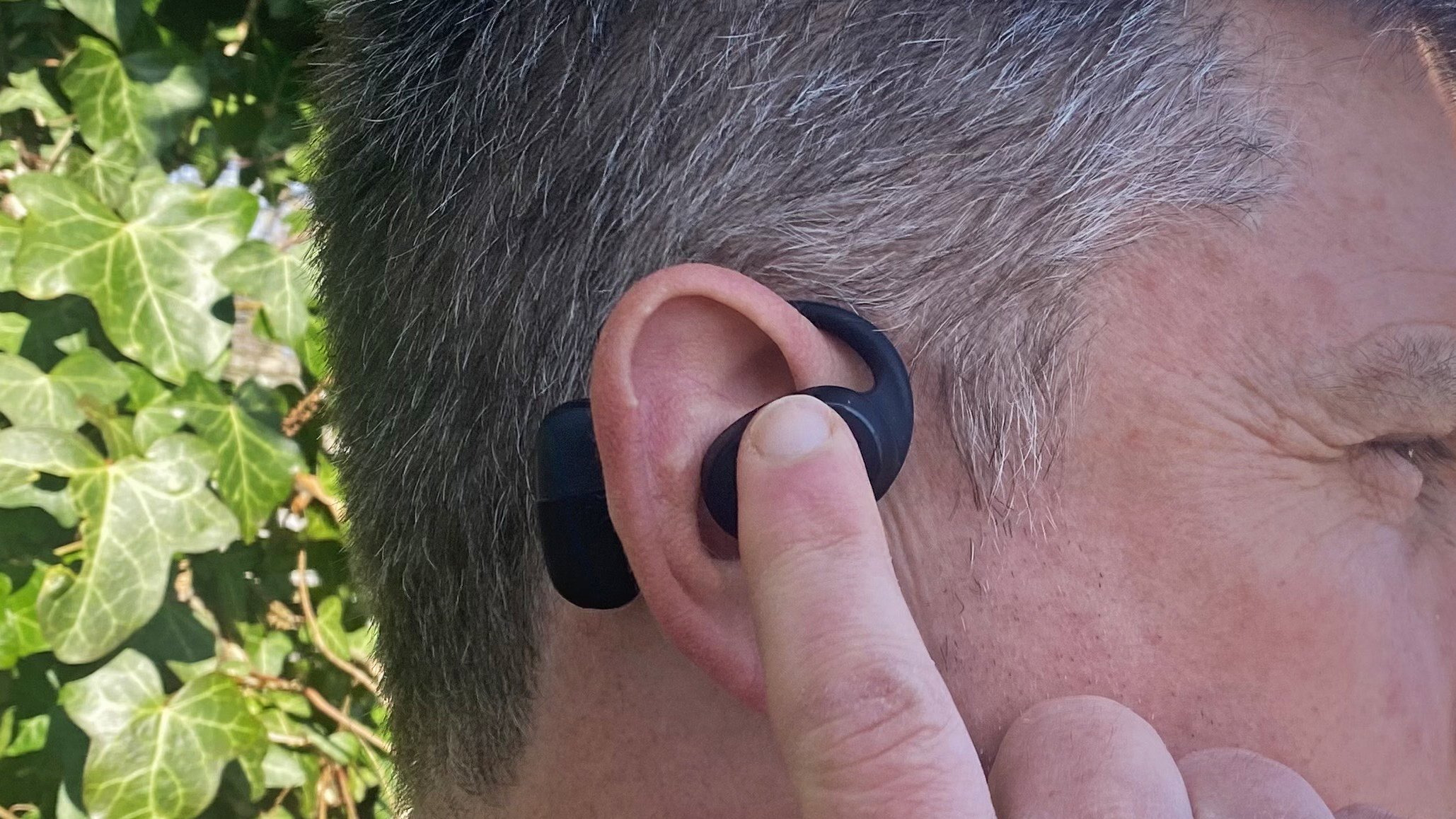
Operation
The OpenEgos boast a Smart Touch system, operated through a series of taps on one or other of the earpieces. This means you can change tracks, increase or decrease the volume, or activate voice command and accept calls while on the run, without having to stop and dig out your phone, or use your watch. For example, one tap on either earpiece pauses the tune you’re listening to. Two taps on the left earpiece takes you back by one track; two taps on the right skips you forward by one song. You can decrease the volume by pressing the left earpiece and holding it, and increase it by doing the same on the right. A similar set of actions allows you to accept (single tap either side), end (double tap either side) or reject (prolonged touch) phone calls, and to activate Voice Command systems such as Siri (three taps).
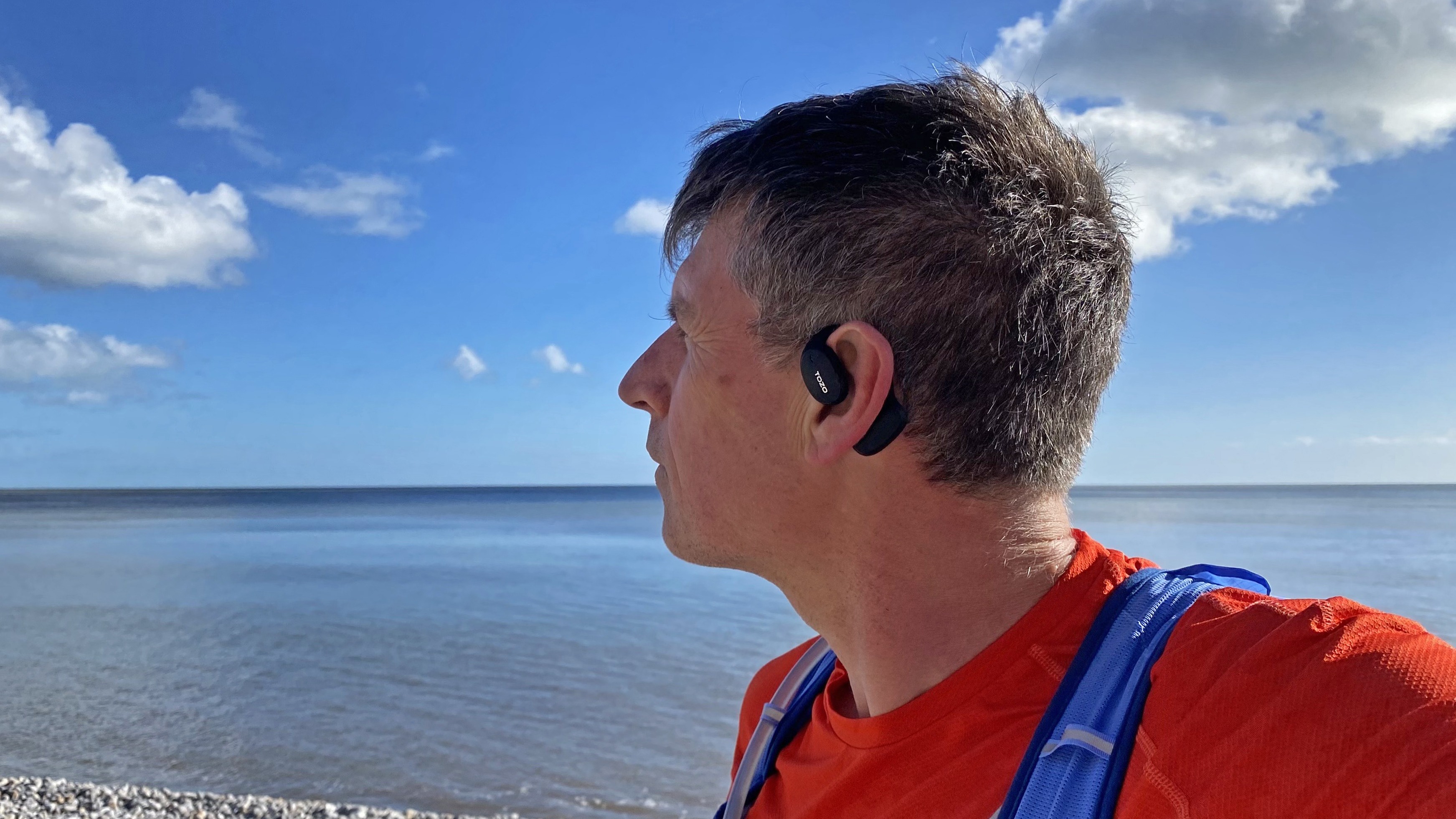
On the trails
I’ll start with a confession: it was only after running several times while wearing the OpenEgos, and getting a bit irritated by how much they moved around while I was tackling more lumpy, bumpy technical trails, that I discovered the stabilizers. (To be completely honest, until I read the instructions properly I thought these little rubber slippers were intended as dust caps for the speakers, and I was wondering why Tozo had made them so tight…) Once I started using the stabilizers correctly, I was very pleasantly surprised how effective these (extremely basic) extras are at keeping the ear pieces in place and reducing bounce. They don’t stop the units charging when they’re in the box either, so now I just leave them on (I’m not entirely sure why Tozo don’t send the OpenEgos out with these in place, but I guess non-runners don’t really need them).
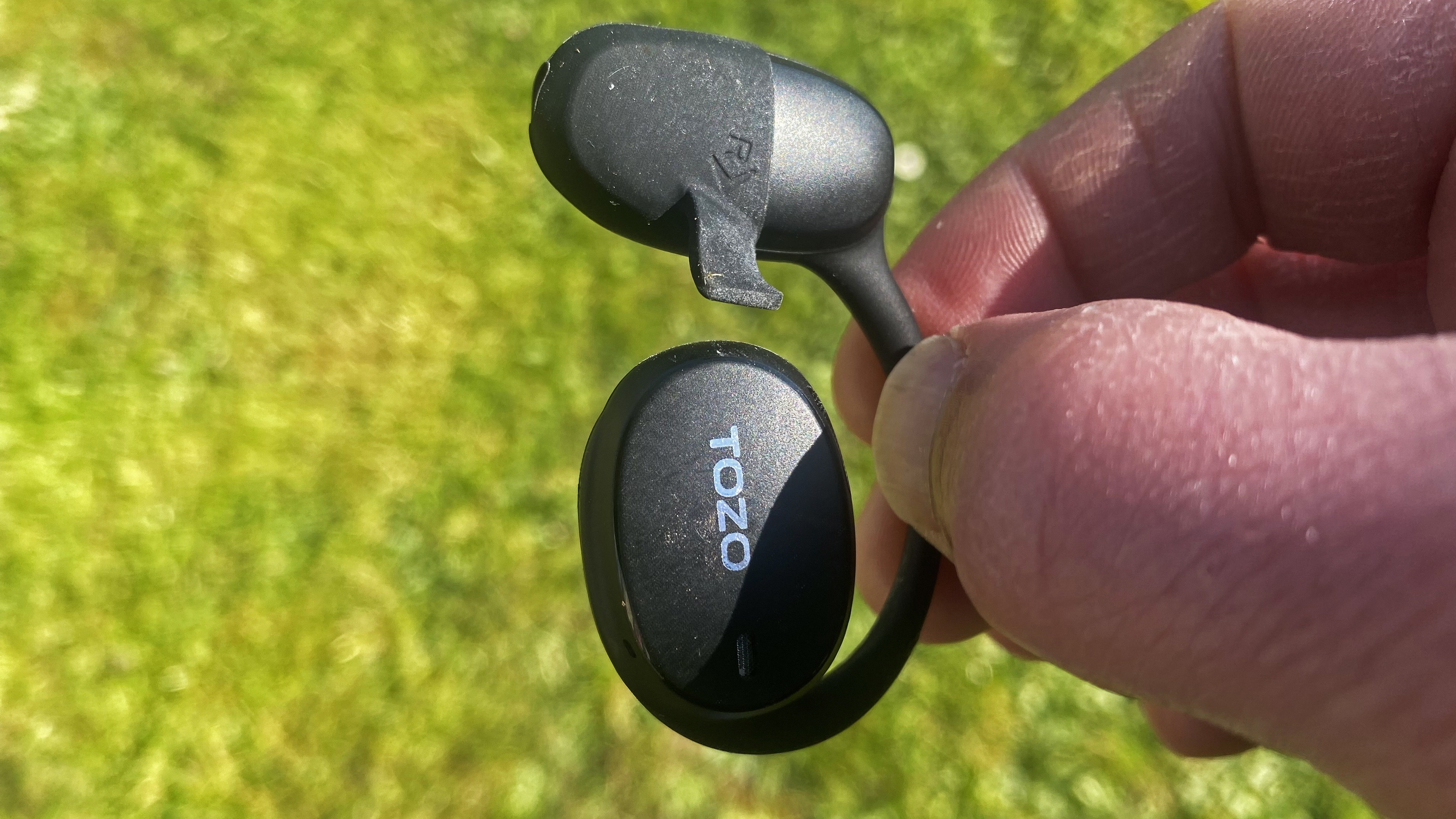
The fit and feel of the OpenEgo earpieces is comfortable and non-intrusive. Once I was into my groove (and after I’d figured out the stabilizers), I essentially forgot I was wearing a device that was wrapped around each or my ears.
To operate the OpenEgos you basically just pinch the ear piece, which activates the unit, and then use the Smart Touch system detailed above to manage your music, as well as answering calls and accessing your voice assistant. While brilliant in theory, in practise I found this part fiddly. I’m not the most technical or dextrous person at the best of times, let alone when I’m running around in the wilds trying not to trip over, but I found the operating system of the OpenEgos to be either overly sensitive (activating or pausing when I didn’t want it to) or slow to respond, leaving me furiously tapping the side of my head while running (a likely looking a bit deranged). I can at least usually get the volume and pause controls to work, and they’re the features I require most often. Beyond that, I typically set the OpenEgos up how I want them before embarking on a run, and then just roll with it.
- The best trail-running shoes will put an extra spring in your step
- Find the best running shorts for hitting hills and tackling trails
I have found the sound quality to be really decent, especially considering the price point these headphones are available from. They struggle a little bit when you’re running into a headwind, but generally speaking the audio is really crisp, with good bass and treble levels.
I’ve been impressed with both the battery life offered by the OpenEgos, and also the ease and speed with which you can recharge them. The charging box makes them very easy to store and transport too – it easily slips into the pocket of a backpack or jacket.
I’m not one to take many calls while I’m out on the trails, but I have experimented with this feature extensively, and the voice and microphone is really excellent, with the noise reduction tech really doing its job.
Also consider
If you don’t mind paying a premium price, the OpenFit headphones by Shokz have a similar design, but are lighter and tougher built - their Ingress rating is IP54, so the water resistance is the same as the OpenEgo, but they’re lab-tested to be dustproof and have a double-layer waterproof steel mesh and gauze for additional protection, and enhanced performance. The sound quality is excellent, especially the bass reproduction, and they’re lightweight, but they don’t have quite as a long a battery life as the OpenEgos.
For
- Much lighter than OpenRun Pro headset at 8.3g each
- Rich, detailed sound
- Excellent bass
- Long battery life supplemented by charging case
- Customizable through mobile app
Against
- Blocks more ambient sound than OpenRun Pro
- More expensive than other Shokz headphones
For different type of technology altogether, try the OpenRun Pros from marked-up leaders Shokz, which use bone conduction to deliver excellent audio quality. This system still allows you to hear important external sounds, and the wrap around design of the headphones creates a very stable cradle for runners. The Shokz OpenRun Pro are lightweight, robustly made, offer excellent audio quality and are easy to use, but they ain’t cheap.
For
- Excellent sound quality
- Open-ear design
- Lightweight construction
- Great microphone for calls
Against
- Relatively expensive
- Slight tickling from heavy bass







